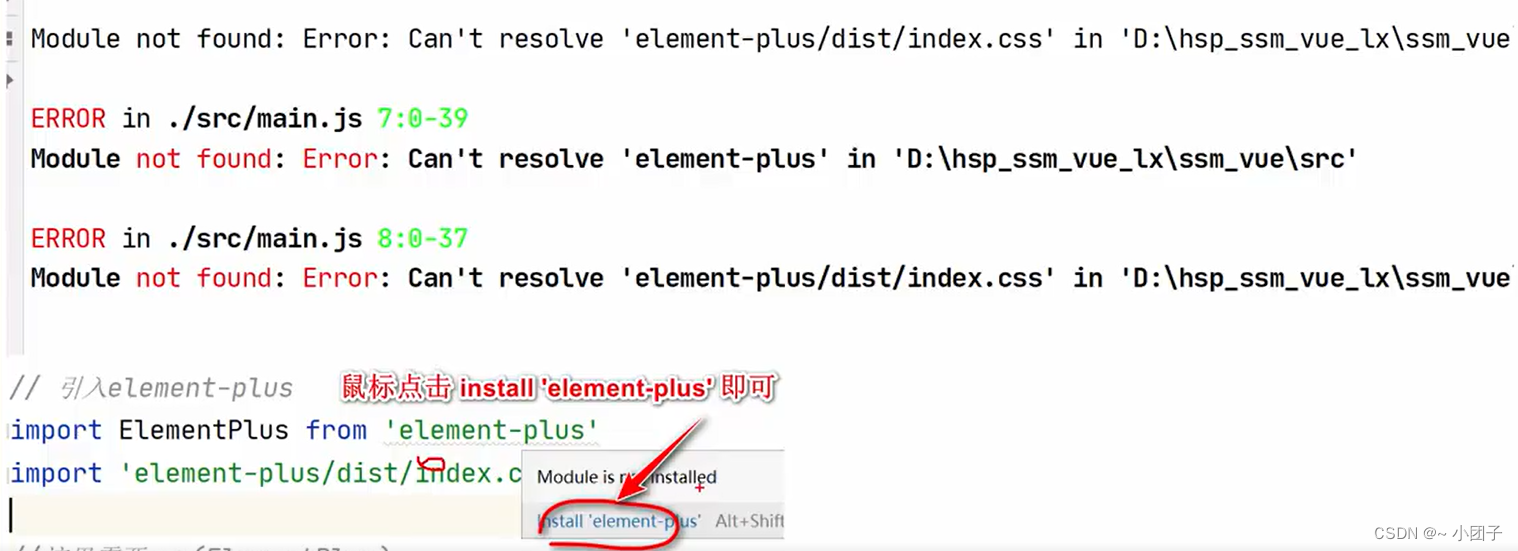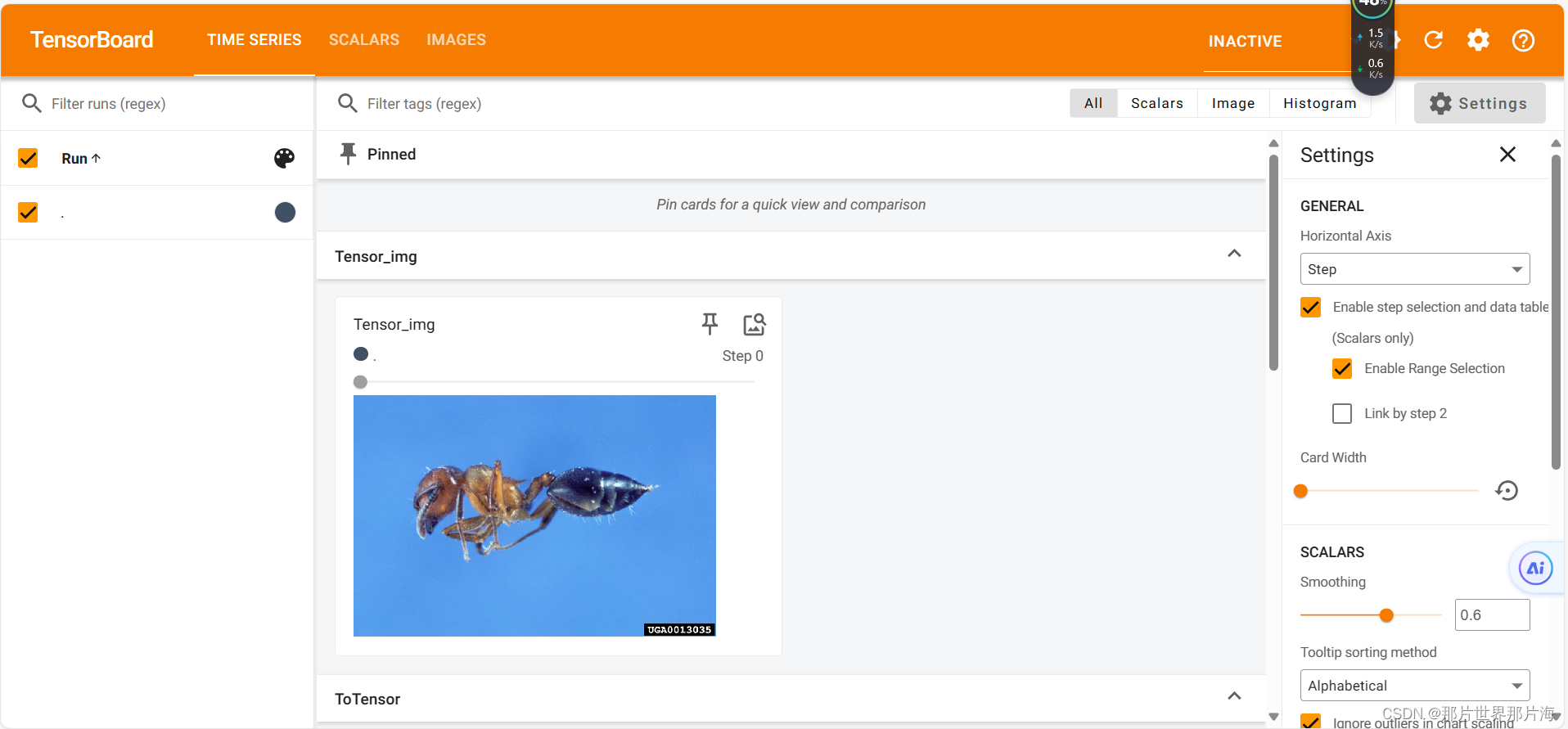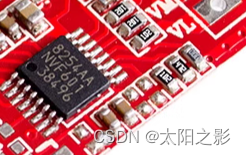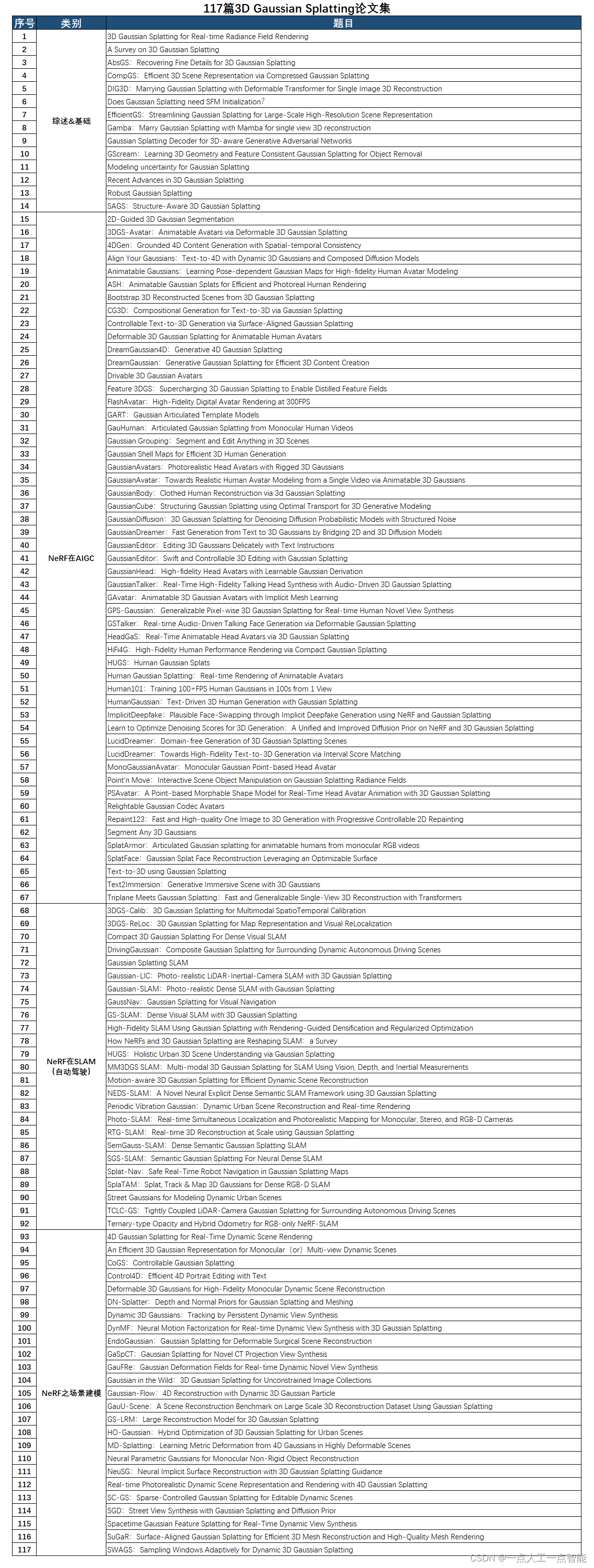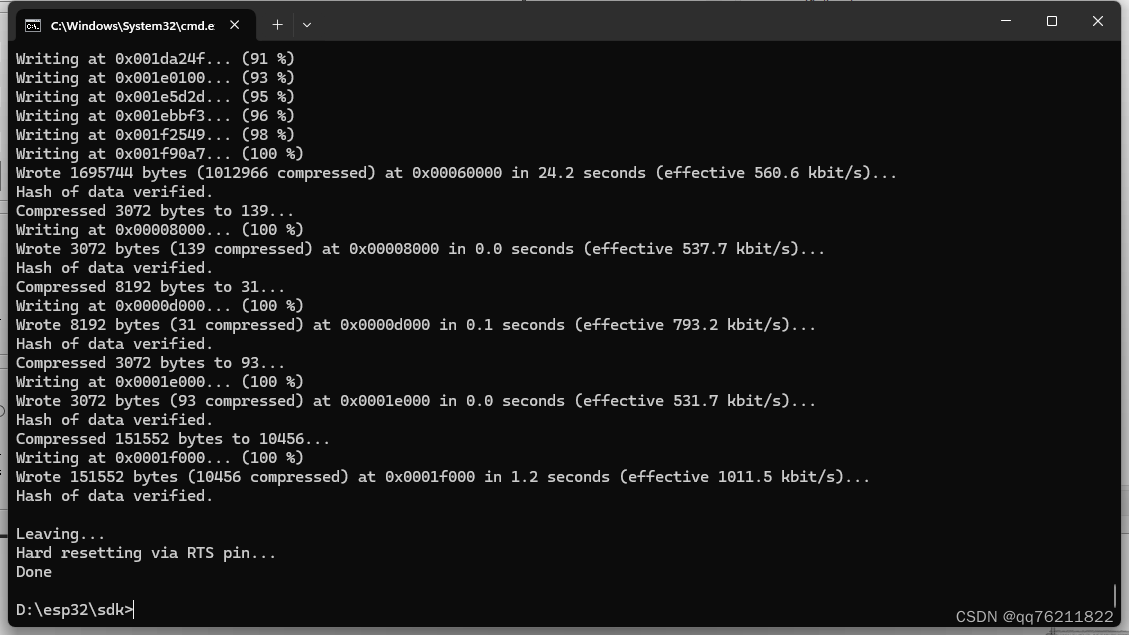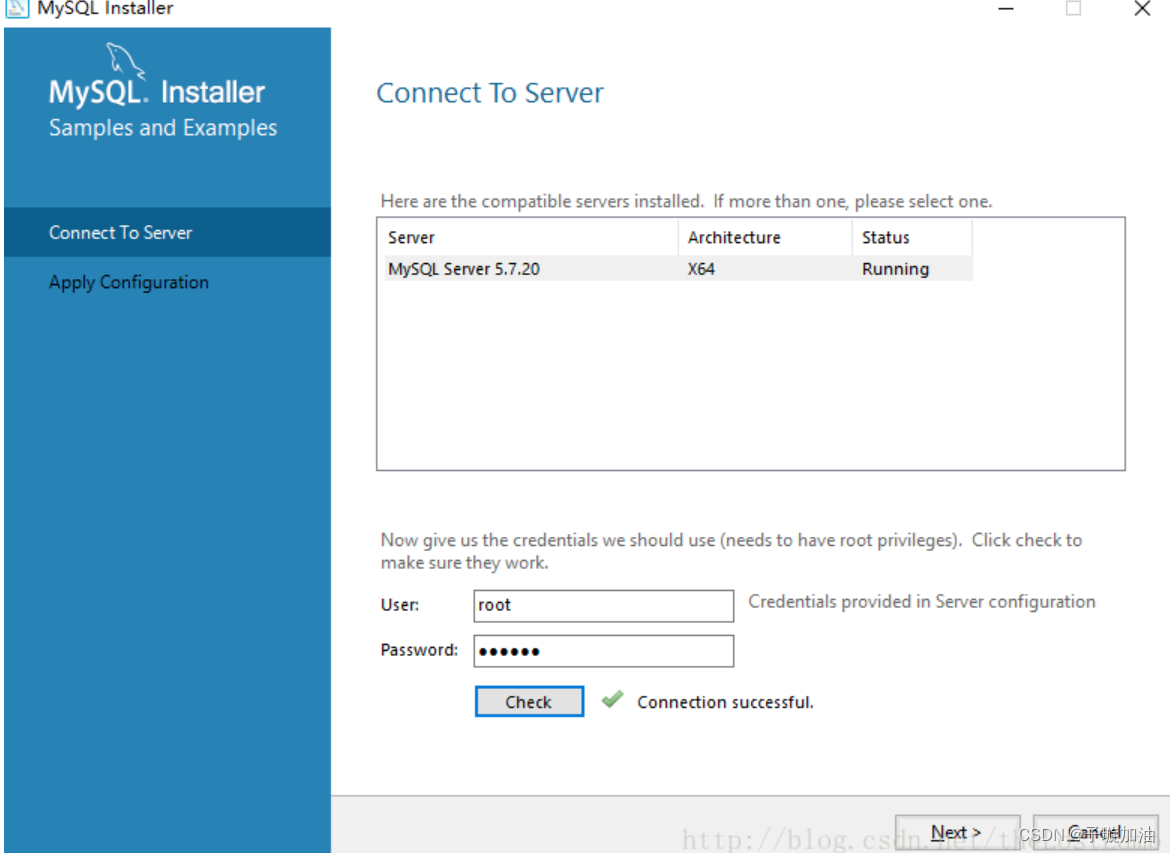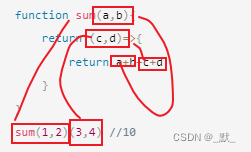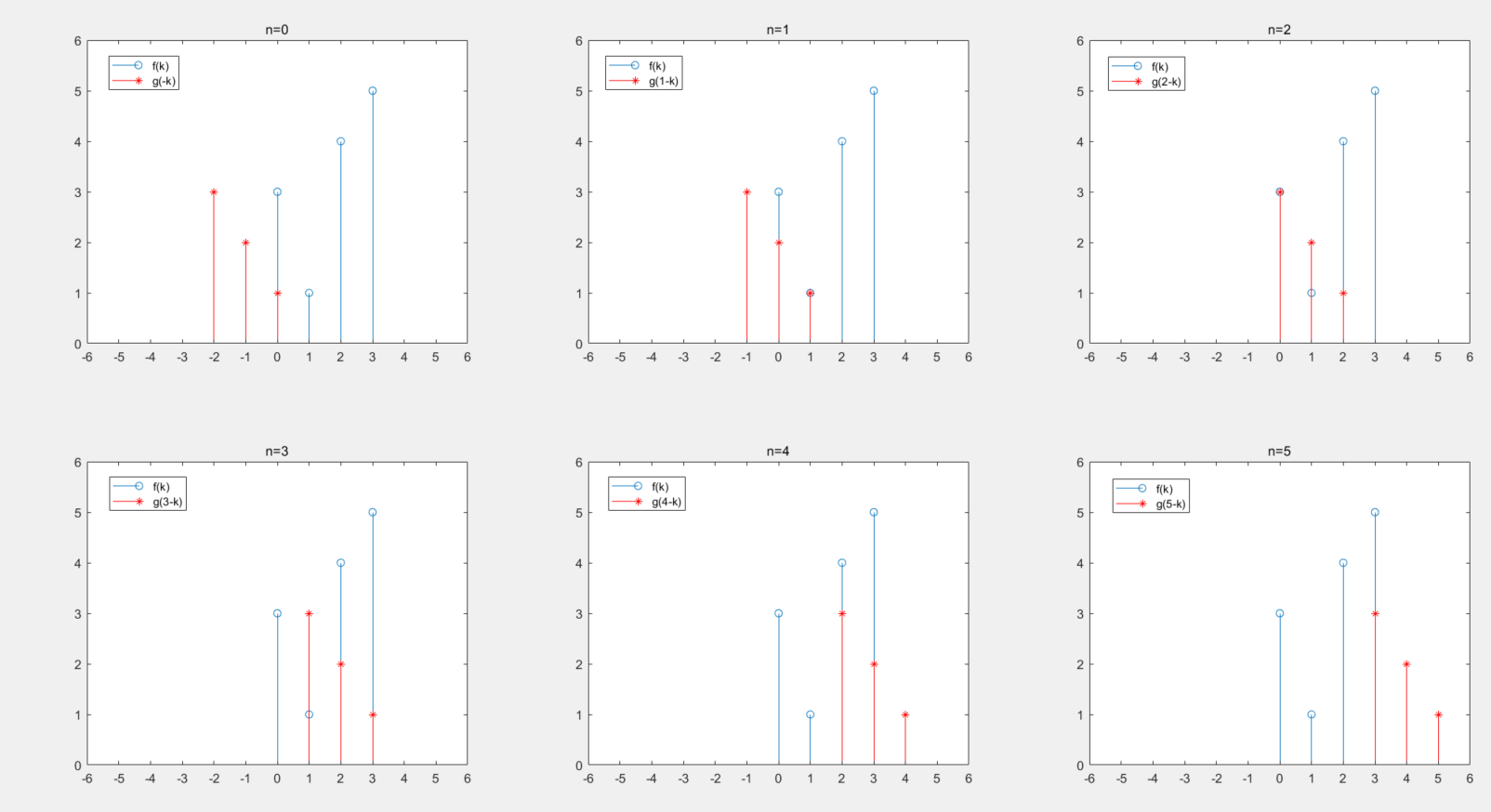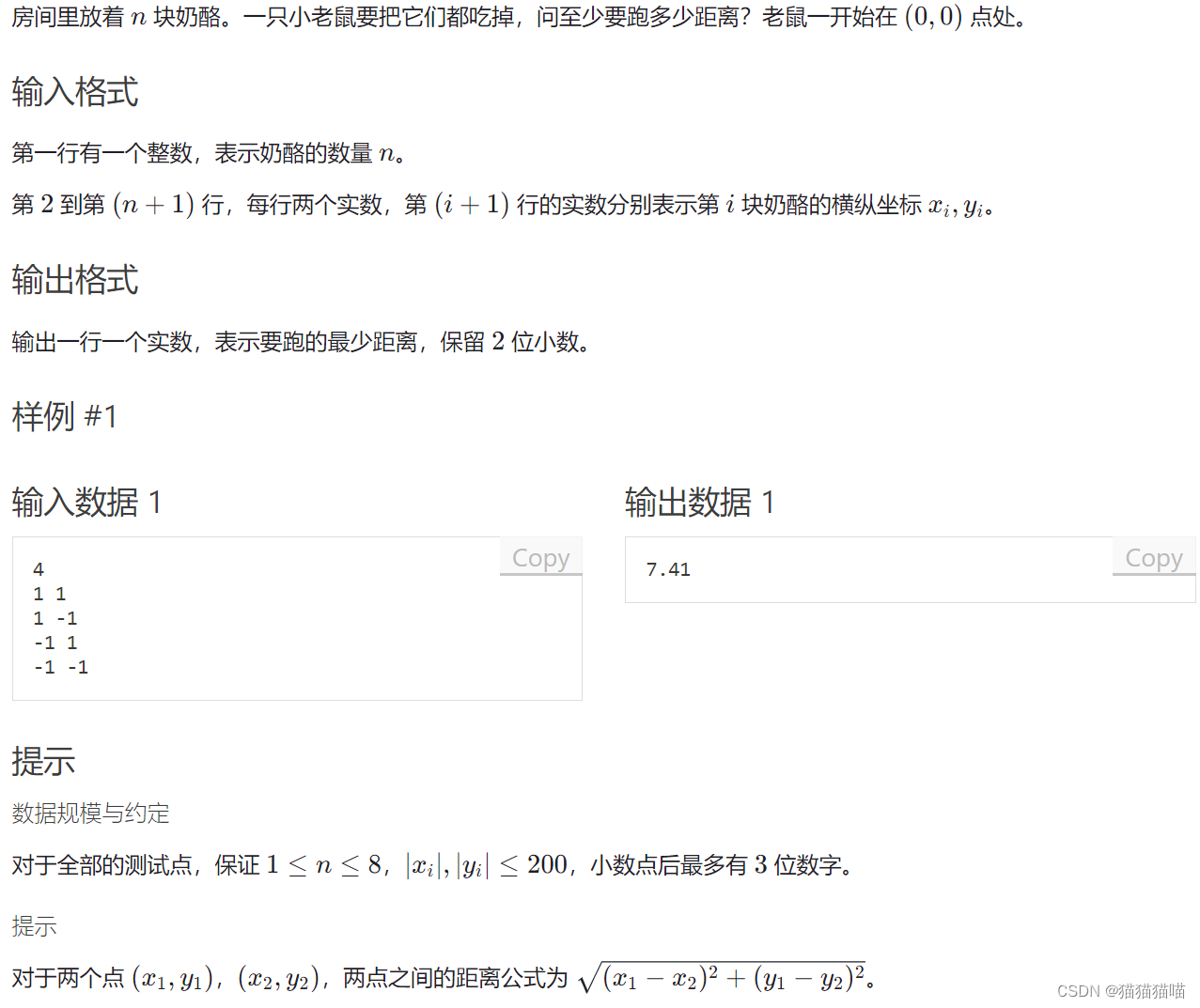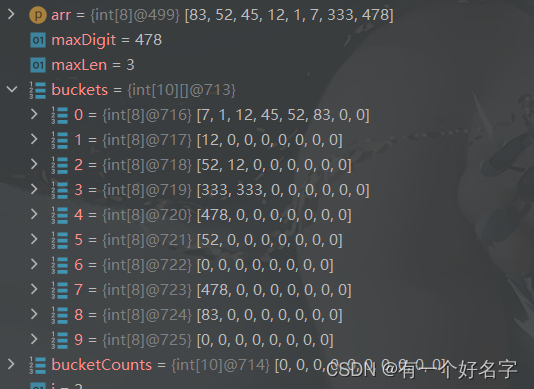前言
本文是对Linux PTP的学习记录,不足之处请指出。Linux PTP用于在Linux系统的精确时钟同步,支持IEEE 1588 Precision Time Protocol(PTP)标准,目的是实现在网络中,设备之间的高精度时间同步。它是一个工具的集合,核心工具有ptp4l,phc2sys等。ptp4l作为最核心的工具,用于网络中的PTP设备通信,可以将本地PTP 硬件时钟与PTP grandmatser同步,而phc2sy可以将本地 PTP 硬件时钟同步到系统时钟(反之也可),从而实现了本地系统时钟对PTP grandmatser的同步。
前提条件
首先要检查本地的PTP 硬件设备例如网卡是否支持软硬件时间戳,可以用ifconfig查看网卡名称,然后 使用命令:
ethtool -T enp23s0f0

对于软件时间戳的支持应该包括:
- SOF_TIMESTAMPING_SOFTWARE
- SOF_TIMESTAMPING_TX_SOFTWARE
- SOF_TIMESTAMPING_RX_SOFTWARE
对于硬件时间戳的支持应该包括:
- SOF_TIMESTAMPING_RAW_HARDWARE
- SOF_TIMESTAMPING_TX_HARDWARE
- SOF_TIMESTAMPING_RX_HARDWARE
安装Linux PTP
下载源码:
git clone http://git.code.sf.net/p/linuxptp/code linuxptp
git checkout v2.0
build and install:
cd linuxptp
make
sudo make install
ptp4l使用范例(软件时间戳)
用网线连接两台主机的网卡,eno1和enp0s25。eno1作为主时钟,enp0s25作为从时钟。
首先可以用ptp4l -h查看运行选项:
[options]
Delay Mechanism
-A Auto, starting with E2E # 自动选择延迟机制。,从E2E开始,当收到对等延迟请求时切换到P2P
-E E2E, delay request-response (default)
-P P2P, peer delay mechanism
Network Transport
-2 IEEE 802.3
-4 UDP IPV4 (default)
-6 UDP IPV6
Time Stamping
-H HARDWARE (default) # 使用硬件时间戳(默认)
-S SOFTWARE # 使用软件时间戳
-L LEGACY HW
Other Options
-f [file] read configuration from 'file' # 从指定文件file中读取配置。 默认情况下不读取配置文件
-i [dev] interface device to use, for example 'eth0' # 选择PTP接口设备,例如eno1
(may be specified multiple times)
-p [dev] PTP hardware clock device to use, default auto
(ignored for SOFTWARE/LEGACY HW time stamping)
-s slave only mode (overrides configuration file)
-t transparent clock
-l [num] set the logging level to 'num'
-m print messages to stdout
-q do not print messages to the syslog
-v prints the software version and exits
-h prints this message and exits
master 主机使用命令和日志:
sudo ptp4l -i eno1 -m -S

slave 主机使用命令和日志:
sudo ptp4l -i enp0s25 -m -S -s
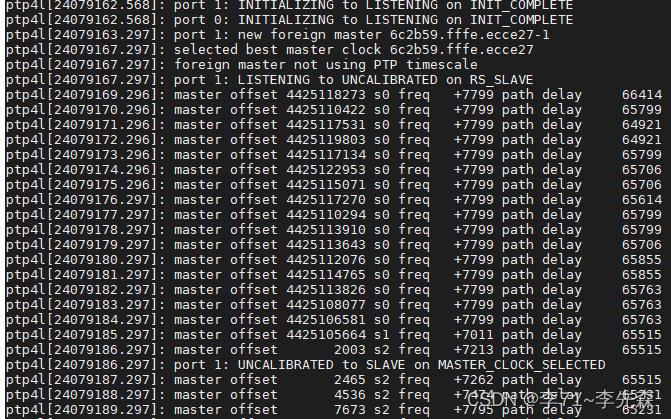
- master offset值表示从主设备测量的偏移量(以纳秒为单位)
- s0/s1/s2表示PTP设备的不同状态,s0表示未锁定,s1表示正在同步,s2表示锁定,即SERVO_LOCKED,同步到了稳定状态,之后会根据时间戳做细微调整,继续保持和 master 时钟的同步
- 当端口状态从UNCALIBRATED改变到SLAVE时,表示已经成功与一个PTP主时钟同步
- freq表示时钟频率的调整,以十亿分之一(ppb)为单位
- path delay表示从主时钟发送的同步消息的估算延迟(以纳秒为单位)
ptp4l使用范例(硬件时间戳)
master主机使用命令:
sudo ptp4l -i eno1 -m -H
slave主机使用命令:
sudo ptp4l -i enp0s25 -m -H -s
phc2sys使用范例
首先可以用phc2sys -h查看运行选项:
usage: phc2sys [options]
automatic configuration:
-a turn on autoconfiguration # 自动寻找当前运行的ptp4l程序,利用它的时钟,同步给操作系统时钟,操作系统时钟是slave
-r synchronize system (realtime) clock
repeat -r to consider it also as a time source
manual configuration:
-c [dev|name] slave clock (CLOCK_REALTIME) # 指定slave clock
-d [dev] master PPS device
-s [dev|name] master clock # 指定master clock
-O [offset] slave-master time offset (0)
-w wait for ptp4l # 等待ptp4l
common options:
-f [file] configuration file
-E [pi|linreg] clock servo (pi)
-P [kp] proportional constant (0.7)
-I [ki] integration constant (0.3)
-S [step] step threshold (disabled)
-F [step] step threshold only on start (0.00002)
-R [rate] slave clock update rate in HZ (1.0)
-N [num] number of master clock readings per update (5)
-L [limit] sanity frequency limit in ppb (200000000)
-M [num] NTP SHM segment number (0)
-u [num] number of clock updates in summary stats (0)
-n [num] domain number (0)
-x apply leap seconds by servo instead of kernel
-z [path] server address for UDS (/var/run/ptp4l)
-l [num] set the logging level to 'num' (6)
-t [tag] add tag to log messages
-m print messages to stdout
-q do not print messages to the syslog
-v prints the software version and exits
-h prints this message and exits
例如将上面slave主机的系统时钟与网卡同步命令与日志:
sudo phc2sys -s enp0s25 -w -m -R 8

